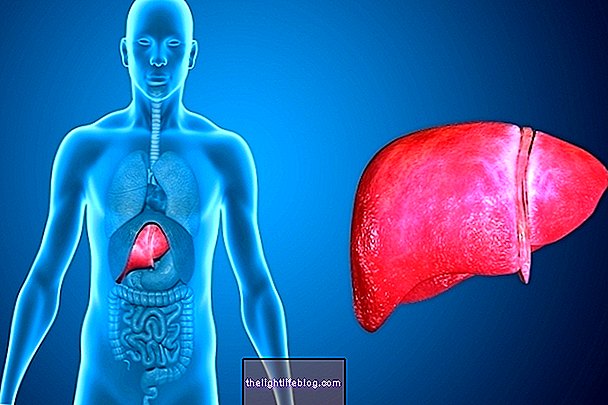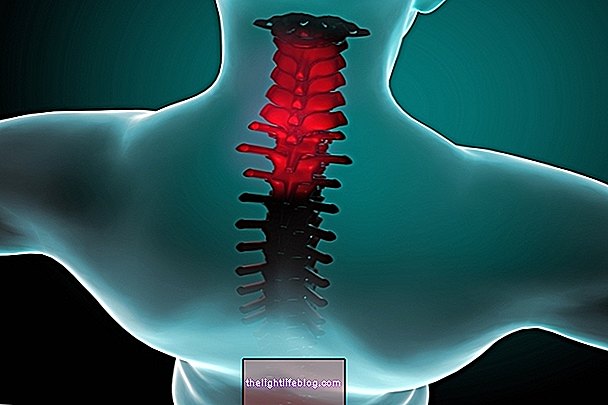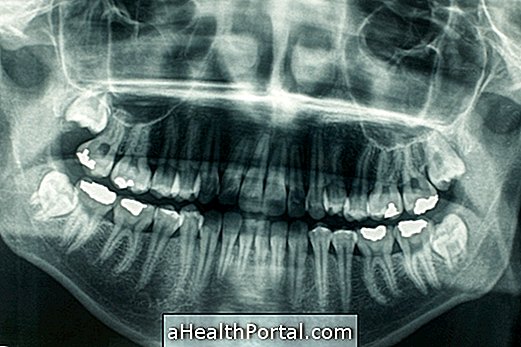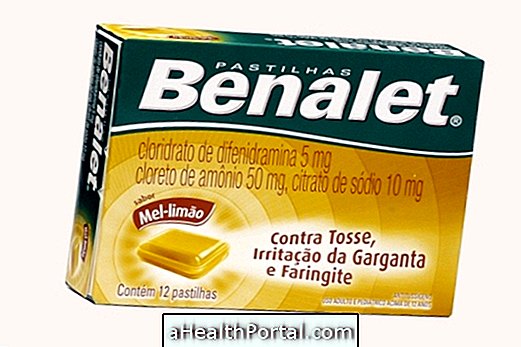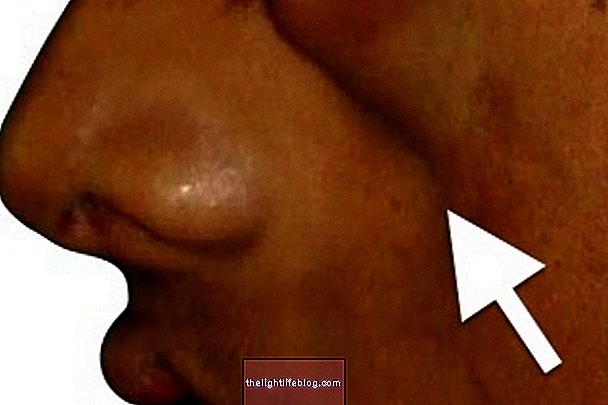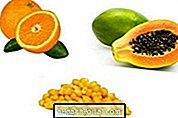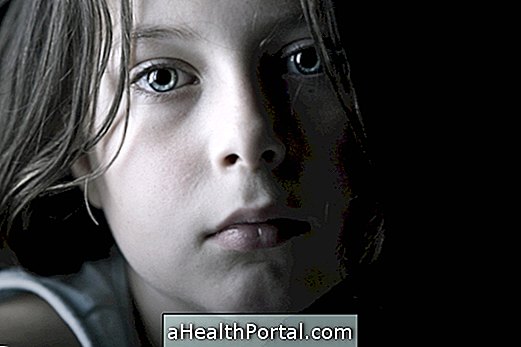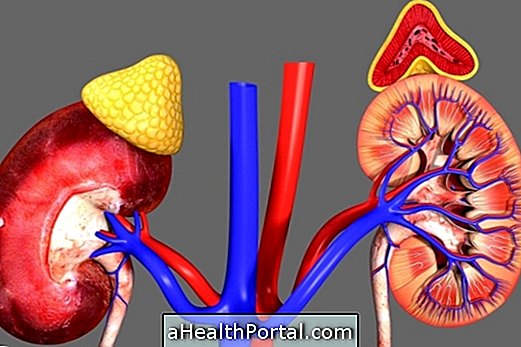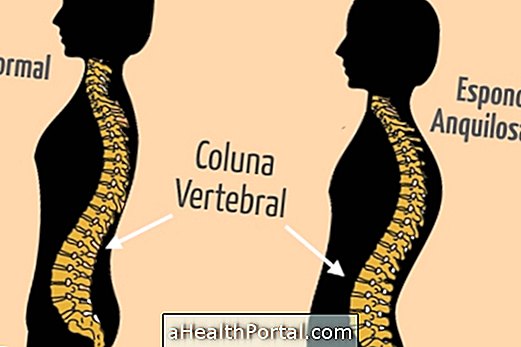Haff's disease is a rare disease that happens suddenly and is characterized by the breakdown of muscle cells, which leads to the appearance of some signs and symptoms such as muscle pain and stiffness, numbness, shortness of breath and black urine, similar to coffee.
The causes of Haff's disease are still discussed, however it is believed that the development of Haff's disease is due to some biological toxin present in freshwater fish and crustaceans.
It is important that this disease is identified and treated quickly, because the disease can evolve quickly and bring complications to the person, such as kidney failure and multiple organ failure. Find out more about Haff's disease in the following video:
Symptoms of Haff's disease
The symptoms of Haff's disease appear between 2 to 24 hours after consuming well-cooked but contaminated fish or crustaceans, and are related to the destruction of muscle cells, the main ones being:
- Pain and stiffness in the muscles, which is very strong and comes on suddenly;
- Very dark, brown or black urine, similar to the color of coffee;
- Numbness;
- Loss of strength;
In the presence of these symptoms, especially if darkening of the urine is noted, it is important for the person to see a general practitioner so that it is possible to assess the symptoms and perform tests that help confirm the diagnosis.
The tests normally indicated in the case of Haff's disease are the TGO enzyme dosage, tests that assess kidney function and the creatinophosphokinase (CPK) dosage, which is an enzyme that acts on the muscles and has its levels increased when there is any change in muscle tissue. Thus, in Haff's disease, CPK levels are much higher than what is considered normal, making it possible to confirm the diagnosis of the disease. Learn more about the CPK exam.
Possible causes
The causes of Haff's disease are not fully known, however it is believed that the disease is related to the consumption of fish and crustaceans possibly contaminated with some thermostable toxin, because people diagnosed with this disease consumed these foods a few hours before the appearance of symptoms.
Because this biological toxin is thermostable, it would not be destroyed in the cooking or frying process, and could cause cell damage related to Haff's disease.
As the toxin does not change the taste of the food, does not change its color, nor is it destroyed by the normal cooking process, it is possible that people consume these fish or crustaceans without even knowing if they are contaminated. Some of the fish that were consumed by patients diagnosed with Haff's disease include Arabaiana, Tambaqui, Pacu-Manteiga and Pirapitinga.

How the treatment is done
It is important that the treatment of Haff's disease be started as soon as the first symptoms appear, because in this way it is possible to prevent the progression of the disease and the appearance of complications.
It is usually indicated that the person is well hydrated within 48 to 72 hours after the onset of symptoms, because that way it would be possible to decrease the concentration of the toxin in the blood and favor its elimination through the urine.
In addition, the use of analgesics may be recommended in order to relieve pain and discomfort, in addition to diuretic medications to promote the production of urine and promote the cleanliness of the body.
Complications of Haff's disease
The most frequent complications of Haff's disease arise when the proper treatment is not done and include acute renal failure and compartment syndrome, which occurs when there is an increase in blood pressure in a specific part of the body, which can put the muscles at risk and nerves in that region.
For this reason, it is very important to go to the hospital or consult a doctor whenever Haff's disease is suspected, in order to initiate the appropriate treatment and avoid the appearance of complications.
Was this information helpful?
Yes No
Your opinion is important! Write here how we can improve our text:
Any questions? Click here to be answered.
Email in which you want to receive a reply:
Check the confirmation email we sent you.
Your name:
Reason for visit:
--- Choose your reason --- DiseaseLive betterHelp another personGain knowledge
Are you a health professional?
NoMedicalPharmaceuticalsNurseNutritionistBiomedicalPhysiotherapistBeauticianOther
Bibliography
- FENG, Gang; LUO, Qiancheng; ZHUANG, Ping et al. Haff's disease complicated by multiple organ failure after crayfish ingestion: a case study. Rev Bras Ter Intensiva. Vol 26. 4th ed; 407-409, 2014
- JUNIOR, Oswaldo T .; RODERJAN, Christian N .; NETO, Edgard C. et al. Haff's disease associated with meat consumption of Mylossoma duriventre (pacu-butter). Rev Bras Ter Intensiva. 2013; 25: 348-351. Vol 25. 4th ed; 348-351, 2013
- ALMEIDA, Lyna K. R .; GUSHKEN, Fernanda; ABREGU-DIAZ, Dario R. et al. Rhabdomyolysis following fish consumption: a contained outbreak of Haff Disease in São Paulo. Brazilian Journal of Infectious Diseases. Vol 23. 4th ed; 278-280, 2019
- CHAN, Thomas Y. K. The Emergence and Epidemiology of Haff Disease in China. Toxins. Vol 359. 8 ed; 2016


